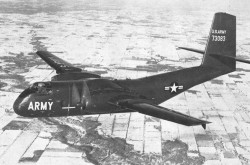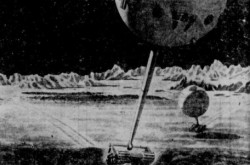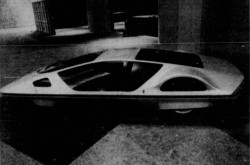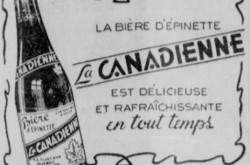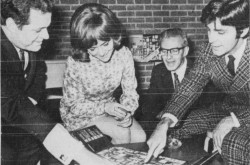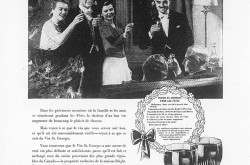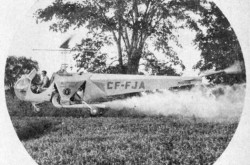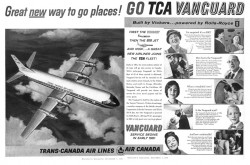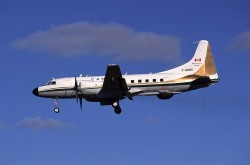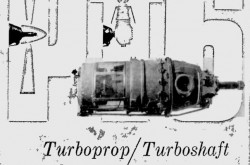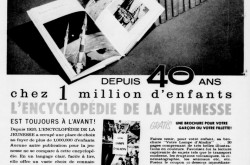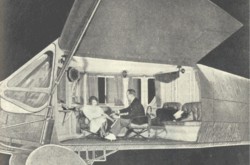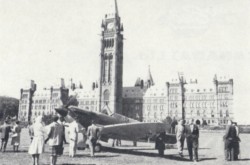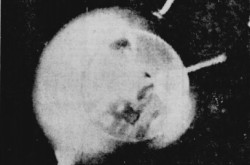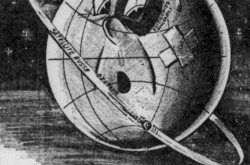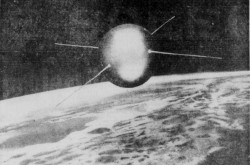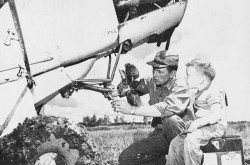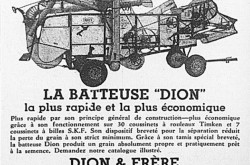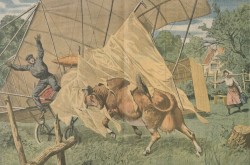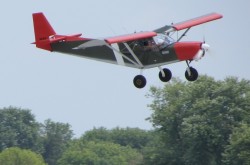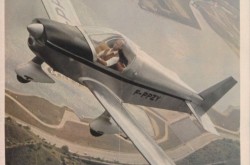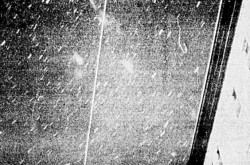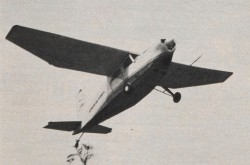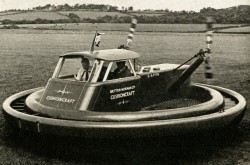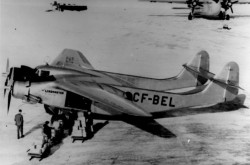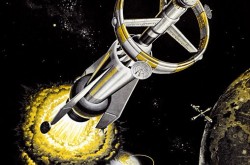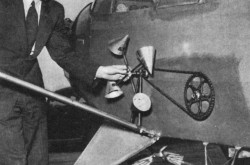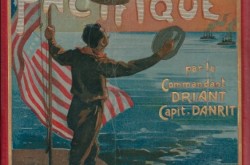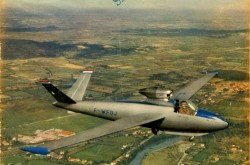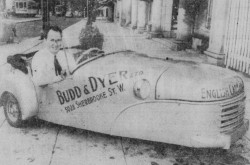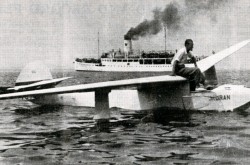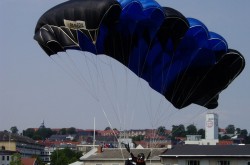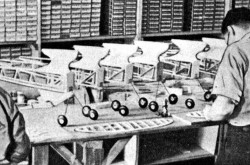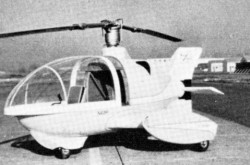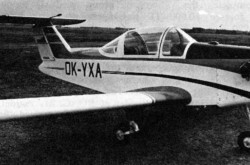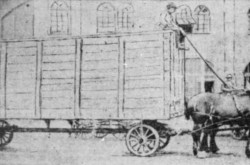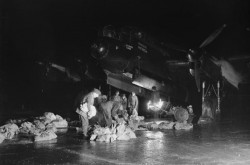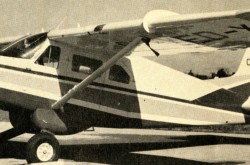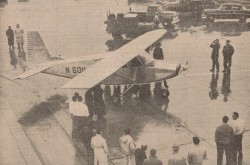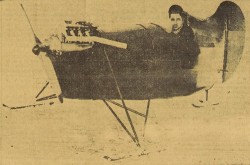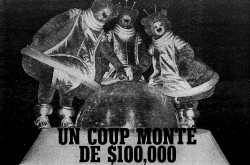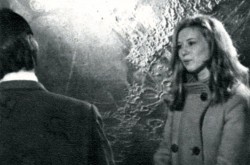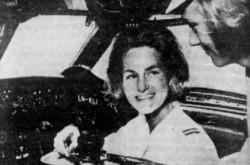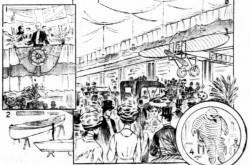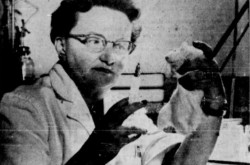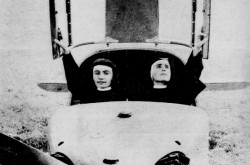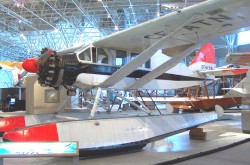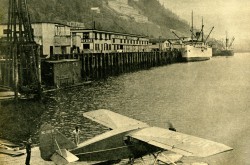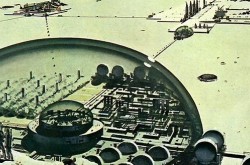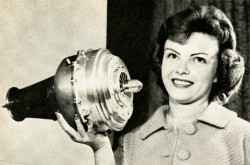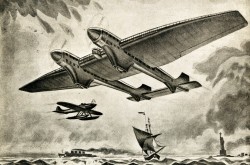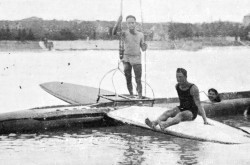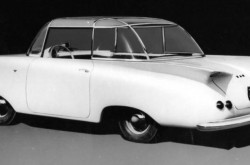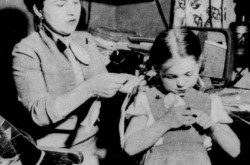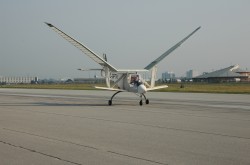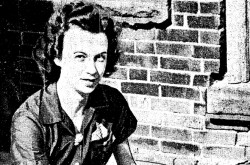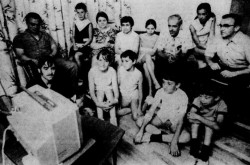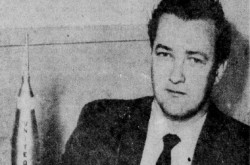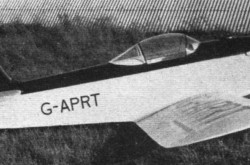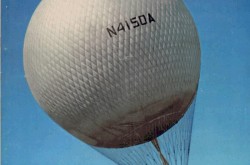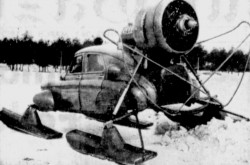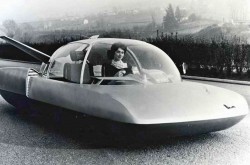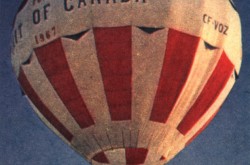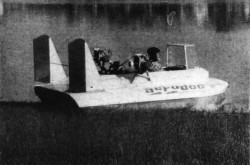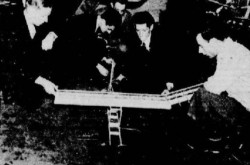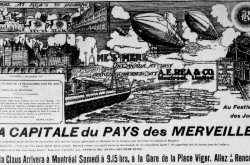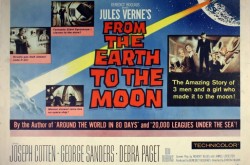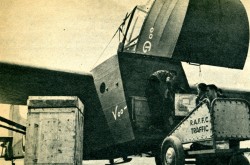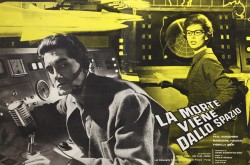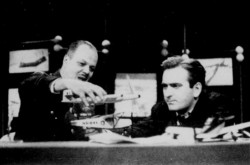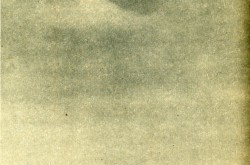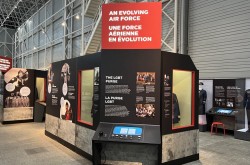Imagination is the highest kite one can fly: The life and times of a master of the wind, Domina Cléophas Jalbert, Part 1

Nǐ hǎo, my reader friend, good morning.
Whether piloted by a child or a master, kites fascinate. Multiform and found all over the world, these flying machines have their origins in the intense interest in flight of a certain / small part of humanity – a fascination which goes back centuries and centuries.
The terms certain and small seem appropriate to me because, at all times, the vast majority of people on this Earth were / are too busy hunting albertaceratops while avoiding the charming families of albertosaurs which ate everything in their path to waste even a second to try to fly, and ... What is it you say? Dinosaurs disappeared long before the appearance of our species? Are you sure? I thought I had heard on television recently that dinosaurs and humans had shared the Earth a few thousand year ago. Anyway, let’s move on.
By the way, the origin of the French word for kite, cerf-volant, which means flying deer, is on the whole complex and does not seem to be related in any way whatsoever to the large beetle known as the stag beetle (lucane cerf-volant in French), or with the deer that haunt forests. If some authors are to be believed, the word cerf-volant is a derivative of the Latin expressions ercum volanti, arcum volante and / or cercum volante which mean flying arch. Let us note also the existence of the Occitan and Provençal expressions sèrp-volanta and serp-voulanto, or flying snake, which describes the windsocks, or draco, used by the Roman cavalry from the 2nd century of the current era onward.
Incidentally, Occitan is a language spoken in northern Spain, southern France, and northern Italy in older times but not so much today. Provençal, on the other hand, is a type of Occitan spoken in the French region of Provence.
The very origins of the kite are somewhat mysterious. Some believe it appeared in the Indonesian archipelago, present-day Indonesia. The announcement, in September 2002, of the discovery of a painting some / several thousand years old which appeared to show a human being with a kite on a wall of a cave on the island of Muna, in the Celebes / Sulawesi archipelago aroused enormous interest in the international kite-flying community. The authenticity of this work is unfortunately far from assured.
The presence of kites in China seems to be confirmed by various texts written well before the beginning of the current era. According to some, their inventor was an engineer from the 5th century before the current era, Gōngshū Bān, born Gōngshū Yīzhì, who may have flown a mechanical wooden bird for more than 3 days. Others indicate that another mechanical wooden bird was manufactured in the 5th century before the current era by the philosopher Mò Zi, born Mò Dí. In either case, we might be looking at a kite with a fabric wing and bamboo structure – or some type of automaton.
In fact, Chinese tradition preserves several legends in which the kite played various roles. Towards the 2nd century before the current era, General Hán Xìn, for example, may have used a kite clearly identified as such to assess the distance separating his army from a palace or fortress which he was besieging. Having measured the length of the kite’s rope, the general caused a tunnel to be dug up to this fortress, thus allowing part of his troops to enter it by surprise.
Another potential lead concerning the origins of the kite can be found in a text written in the 2nd century of the current era. One could read about a philosopher, mathematician and statesman by the name of Archytas who lived in Taranto, a Greek city state in the south of the Italian peninsula, in the 5th century before the current era. The manuscript described a mechanical wooden bird designed by Archytas and which allegedly flew. Authors of the Middle Ages and Renaissance believed it to be a kite but it may very well have been a (captive?) automaton with flapping wings.
Let us remain in this region of the world, my reading friend, in order to blather on a painted Greek vase, or chous, dating from the 4th century before the current era discovered in the 19th century in the Italian peninsula. Said vase seems to show a young woman playing with a triangular kite. This interpretation was / is disputed. The unidentified flying object may well have been a simple spindle used for weaving. This chous is apparently to be found today, in 2020, at the Museo Archeologico Nazionale di Napoli, in Naples, Italy.
Given this introduction, do you have any idea what direction the subject of this article in our blog / bulletin / thingee will take? No, there will no longer be any question of ancient kites. Yours truly wishes indeed to cross the abyss of time, in a unique and single stride, to land in Saint-Michel-des-Saints, a small village in Québec, in December 1904, to welcome a tiny human. The latter, Domina Cléophas “Dom / Atom” Jalbert, was the 17th child of a family of farmers poor as Job which soon counted 21 (!).
If I may digress, my mother’s family counted 17 children, which isn’t much better.
How could the Roman catholic church justify and, so to speak, impose such chain births, which undermined the health of generations of Québec women for decades? It was and is absurd and, dare I say, almost monstrous. Let us change the subject before my blood starts to boil.
Jalbert’s family left Québec in favor of the United States in 1909, as did approximately 900 000 other Quebeckers, who left between 1840 and about 1930, in search of a better life. This being said (typed?), Jalbert remained in Québec until a tad obscure date (1917? 1919?? 1920???), when he was 13, 15 or 16 years old. Indeed, it was there that he began (and completed?) his sixth (and last?) year of schooling. I read that many Québec families who had moved to the United States sent their children to Québec schools.
Yours truly must admit that these 3 dates confuse me. I was not in 6th grade at the age of 13, 15 or 16. Unless I’m mistaken, I started my 8th, 10th and 11th years of schooling at these ages. That Jalbert repeated a year was a possibility, but to repeat 3 or 4 seems unlikely to me. He may obviously have been away for a long time. I would like to understand. Anyway, let’s move on.
Anyway again, Jalbert, then living with his family in the United States, began to work in an industry with countless employees from Québec, the textile industry.
It was apparently at the very end of the 1900s, or the very beginning of the 1910s, that Jalbert discovered one of the great passions of his life: kites. The boy’s first kite may have been a homemade gift from his mother. The kites later used by Jalbert were probably made from scraps of wood and fabric, or paper. As rudimentary as they were, they allowed him to develop over the years a remarkable talent for flying them.
Having grown up to be a robust adolescent, Jalbert turned out to be an accomplished sportsman. Over the months and years, he participated in numerous swimming and athletic competitions. Jalbert brought many medals home. He was one of the best American walkers in the early 1930s, for example.
In the summer of 1927, while Jalbert was visiting (a relative?) in Joliette, Québec, an American pilot made an emergency landing in a field. The young man rushed to the scene, like many other people, and helped this unexpected visitor, then chief pilot of the American aircraft manufacturer Nicholas-Beazley Airplane Company Incorporated, to make himself understood. Best of all, Jalbert helped him refurbish his aircraft.
Yours truly must admit that I do not know with certainty the identity of this aviator. This being said (typed?), I have a feeling he was Dwight Samuel “Barney” Zimmerley.
Would you believe that this pilot apparently worked for a while, around 1923-25, as a buyer, for Swift & Company, an American food giant mentioned in a July 2019 issue of our blog / bulletin / thingee. Ours is a small world, isn’t it?
An interesting detail, if only for me, and the agents of the American National Security Agency who will read this article of our you know what, in early July 1929, Zimmerley took off from Brownsville, Texas, aboard a Barling / Nicholas-Beazley NB-3 light / private aircraft, and began crossing the United States from south to north. He landed in Winnipeg, Manitoba, approximately 16 hours later, after a non-stop flight of over 2 660 kilometres (nearly 1 660 miles) – setting a world distance record for light aircraft.
Please note that the NB-3 was far from running out of gas when it landed. Zimmerley could have flown for a while, but the near total lack of airfields north of Winnipeg called for caution. Now back to our story – and the summer of 1927 emergency landing.
The apparent absence of a newspaper article mentioning said landing, an event which was after all quite rare in Joliette, whether it was in 1927, or before or after, leaves me a bit perplexed.
Said absence leaves me all the more perplexed given that an aircraft accident, without serious consequences, rest assured, took place in July 1927, in L’Assomption, Québec, a small town located not far from Joliette. After a few days spent in this last place, to give first flights to several people, a Joliette resident, Alphonse Archambault, went to L’Assomption to give first flights on board his Curtiss JN -4 Canuck. The day of his arrival, perhaps, during the afternoon, while he was offering a first flight to a certain Joseph Gingras, the Canuck crashed on the grounds of the Collège de L’Assomption, just after flying over a treetop. Archambault got away with very, very minor injuries. Gingras, on the other hand, had some injuries to the face and head. The Canuck, finally, suffered more or less serious damage. But let us go back to our story once again – and to the summer of 1927 emergency landing.
And yes, the collection of the fantastic Canada Aviation and Space Museum in Ottawa, Ontario, includes a Canuck.
Very grateful for the help that Jalbert had given him, the American pilot promised to find him a job at Nicholas-Beazley Airplane which could allow him to realise his dream: to learn to fly.
Jalbert joined the American aircraft manufacturer in the fall of 1927 and began his flight training. He also seemed to give physical education lessons. After completing his flying lessons, Jalbert returned to work at the textile factory.
During the 1930s, as the Great Depression hit harder and harder, Jalbert changed employers more than once. He also abandoned his career as an amateur athlete.
This being said (typed?), Jalbert’s interest in kites did not leave him, even if several of his friends laughed at this all too childish hobby. The fact that his mother apparently assembled the fabric of the larger kites did not help matters.
This being said (typed), some of Jalbert’s kites were not toys. During the 1930s, it seems, having forgotten to apply the brakes of the automobile which anchored a kite with a wingspan of 5.5 metres (18 feet), said kite dragged said automobile over a short distance.
Jalbert also used a kite to fly, at least one day, a banner with the words “Vote for Dupré” – or “Vote for Dupre.” Ernest L. Dupré / Dupre seemed to win this election, becoming one of the alderman of the city where Jalbert lived. Businessmen in that town / city were so impressed that they asked him to fly banners to sell their products.
Before I forget, please note that Jalbert obtained his American citizenship in 1937.
In 1939, Jalbert designed the kytoon, an improved tethered balloon whose name derived from the words kite and balloon. Unable to afford hydrogen, he initially had to inflate his invention with a modified household vacuum cleaner. Given its (unrealised?) use for military purposes, as a barrage balloon for example, the kytoon remained a well-kept secret until 1943.
But what was / is a barrage balloon, you ask, my reading friend? A good question. A barrage balloon was / is a more or less cylindrical tethered balloon, filled with hydrogen, connected to the ground by a long steel cable itself connected to a winch allowing the crew of the balloon, which remained on the ground, to raise or lower it if necessary. Used in large formations, or barrages, the barrage balloon had the function of blocking access to a large space to the combat aircraft, usually bombing aircraft, of an enemy air force.
A barrage of balloons could have a strong psychological impact on crews of bombers who attacked a city in the dark.
By the end of 1941, Jalbert was employed by the United States Rubber Company, an American / global giant in the automobile tire industry. He directed / supervised the production of barrage balloons for the Balloon Command of the British Royal Air Force and possibly the United States Army Air Forces. Said command was responsible for setting up and maintaining balloon barrages which protected a number of strategic sites in the United Kingdom.
Also during the Second World War, Jalbert designed a collapsible kite, placed in a tube, which was part of the emergency equipment of many inflatable boats made available to the crews of aircraft and ships. The surface of said kite acted as a radar reflector, thereby increasing the chances of people aboard an inflatable boat to attract the attention of a friendly aircraft or ship.
Around 1944-45, Jalbert joined the staff of a research laboratory at Dewey & Almy Chemical Company. There he prepared kytoons used in various fields of research, by organisations such as the United States Army Signal Corps and the Massachusetts Institute of Technology, a renowned institution of high learning mentioned several times in our blog / bulletin / thingee since July 2019.
Once the Second World War ended, the ability of the kytoon to lift a significant payload while remaining above its anchor point, even in strong winds, proved to be most useful.
Would you believe that, in September 1946, Jalbert used one of his kytoons to participate in an angling competition? Was this a world first, you ask yourself, my reading friend? I’m afraid not.
Kites made from leaves have been used for a very long time by fishermen from the aforementioned Indonesian archipelago. Some go so far as to suggest that these are descendants of the very first kites in the world. Equipped with a snare to catch fish and used in shallow waters by fishermen in canoes, these kites had / have the advantage of not scaring their potential prey. Very simple, they often consist(ed) of 1 leaf reinforced by 2 thin bamboo stems. This type of kite was / is also found in the large archipelagos of the Pacific Ocean (Melanesia, Micronesia and Polynesia).
Other versions, used to fish from shore or boats, had / have a hook. These flying fishing rods considerably increase(d) the range of lines which no longer had / have to fear obstacles or backwash. Interesting detail, some lighthouse keepers in Scotland used kites at least until the beginning of the 20th century to place their lines beyond the reefs surrounding the islets on which their lighthouses were built, but let us now return to the main line from our story.
Jalbert founded Jalbert Aerology Laboratory Incorporated in 1949. This firm soon produced a variety of kytoons for a variety of users.
Operation Deepfreeze, an expedition to the Antarctic in 1955-56 supervised by the United States Navy, for example, used kytoons to hold in the air the radio antennas which allowed its personnel to keep in touch with the rest of the world. Said expedition took place within the framework of the International Geophysical Year, a period of time of approximately 16 months (July 1957 to December 1958) devoted to research work on Earth carried out on a world level mentioned in July 2018, February 2019 and May 2019 issues of our blog / bulletin / thingee.
It should be noted that some / many American radio and television stations used kytoons to improve the quality of their signals.
During the 1940s or 1950s, the Rockefeller Foundation used kytoons to hang mosquito traps above the tops of the tallest trees in the Brazilian jungle. During the 1950s, researchers from the University of Washington in Seattle, Washington, used yadda yadda yadda to film spawning salmon.
The use of kytoons by Norwegian whalers around this time, to mark the position of their victims, made me discover that Norwegian whalers were still committing such horrors in 2020. Revolting. I am going to check the labels of the smoked salmon packs I buy from now on. Earth First!
In 1950, Jalbert Aerology Laboratory collaborated with the Battelle Memorial Institute, a private American applied science and technology development institution mentioned in an August 2019 issue of our blog / bulletin / thingee. Their project used kytoons to take samples of polluting gases and solid particles disgorged by chimneys, or circulating over a city, and simultaneously recorded weather data. This unprecedented approach was then considered revolutionary.
Would you believe that the illustration at the very beginning of this article was directly related to these experiments? As evidence, let me submit Exhibit No. 1 (Hello, EG!):
We will judge the imposing dimensions of the kite by comparing them with the stature of Mr. Domina [Cléophas] Jalbert, (on the left) nephew of Eugène Jalbert, of New England, and of professor [Hamnett Pitzer] Munger. Mr. Jalbert is the inventor of this unique device, which is already of great service in the study of smoke prevention. Mr. Munger represents [the Battelle Memorial Institute], specialising in scientific research.
As you may have guessed, Hamnett Pitzer “Ham” Munger was a relatively well-known researcher for his work on air pollution. Eugène Jalbert, on the other hand, was a well-known lawyer in his corner of the universe.
Kytoons also lent a hand to allergy specialists by taking pollen samples, to meteorologists by recording data before, during and after the passage of tornadoes, etc., etc., etc.
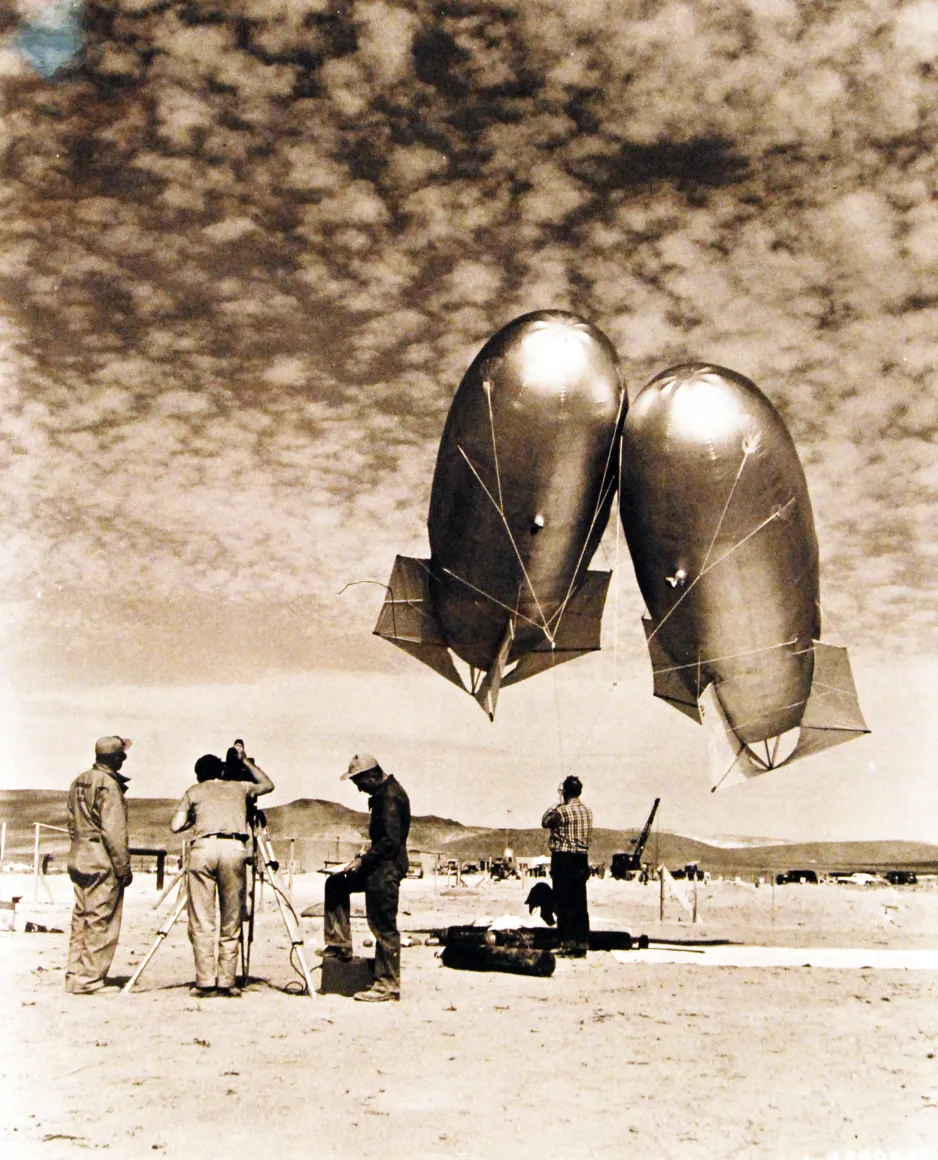
Two kytoons used to monitor air pressure, humidity, temperature, etc. during an American nuclear bomb test sponsored by the Atomic Energy Commission, Nevada Proving Grounds, April 1952. Wikimedia.
This being said (typed?), during the 1950s and 1960s, the main client of Jalbert Aerology Laboratory was the United States government. The secret military projects he was working on involved the use (launch?) of missiles and satellites, as well as nuclear bomb tests, among other things. The confidentiality surrounding this work unfortunately did not allow Jalbert to demonstrate to many potential civilian customers the great versatility of the kytoon.
A self-taught jack of all trades capable of captivating an audience of academics, Jalbert took part in the activities of the United States Advisory Committee on Weather Control, a group active between 1953 and 1958 which studied the feasibility of modifying the climate through cloud seeding. What could possibly go wrong? Sorry.
A new phase of Jalbert’s work began around 1952 when he began to develop a new type of parachute, the Multicell Canopy, available in circular or square versions, which, according to its inventor, could support a payload 35 to 40% higher than that of a conventional parachute. Jalbert subsequently designed a cargo parachute for the United States Army which might have been be used, or not, in operation.
Around 1962, he designed a very enlarged and vaguely triangular variant of his Multicell Canopy for the National Aeronautics and Space Administration, a world famous organisation mentioned many times since July 2018 in our you know what, which briefly thought of using it when ditching its Gemini space capsules.
If Jalbert’s most important invention also saw the light of day in the 1960s, the flash of genius that put him on the track struck him, it was / is said, around 1957 while he was piloting his private aircraft. Until then, Jalbert, just like everyone since Leonardo di ser Piero da Vinci actually, saw in the canopy of a parachute a simple source of drag, a brake in a manner of speaking (typing?), which slowed down the fall of the person or load suspended under said canopy. Why not see in it a wing capable of creating a lifting force, or lift?
The information concerning the date of the first flight / jump made with this new revolutionary Jalbert parachute, the para-foil / parafoil, also known as the airfoil parachute, ram air canopy, ram air gliding parachute, and ram air parachute, is somewhat contradictory. Depending on the sources, this jump took place in September 1962, in March 1964 or in 1966. The brave parachutist, meanwhile, may have been a well-known American parachutist, Paul “Pop” Poppenhager, or Jalbert’s son, Paul Jalbert. The former did not appreciate the fact that Jalbert did not give him the $ 100 promised before the jump.
This being said (typed?), it was a prototype parachute maker who worked at a United States Air Force base, Wright-Patterson Air Force Base, a civilian by the name of Theodore Hulsizer, who made the real ancestor of today’s parafoils, tested in 1971.
And yes, da Vinci was mentioned in several issues of our blog / bulletin / thingee since October 2018.
Would you believe that this is the end of the first part of this article? Well it is. See ya later.


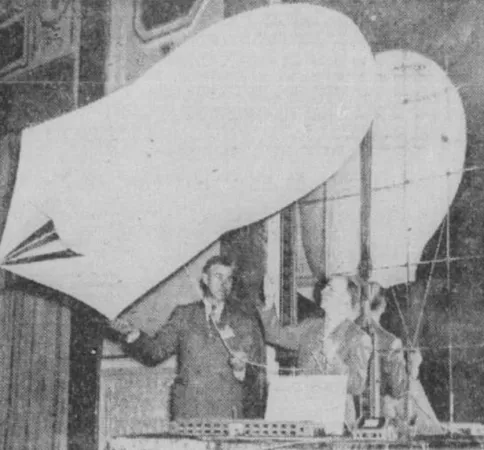





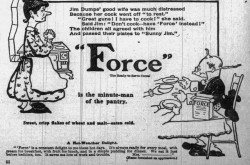
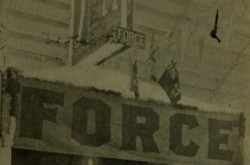
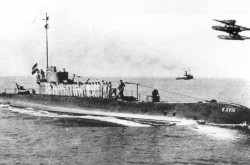
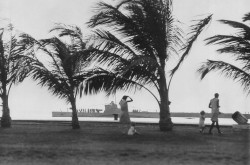
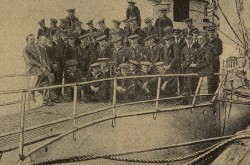
![A block of photographs showing some of the people involved in the bombing of beluga whales in the estuary and gulf of the St. Lawrence River. Anon., “La chasse aux marsouins [sic]. » Le Devoir, 15 August 1929, 6.](/sites/default/files/styles/thumbnail_7/public/2024-09/Le%20Devoir%2015%20aout%201929%20page%206.jpg?h=584f1d27&itok=TppdLItg)
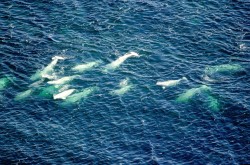
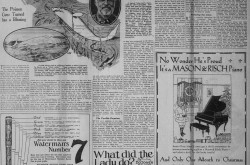

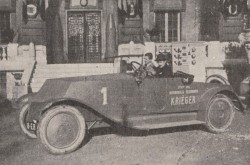
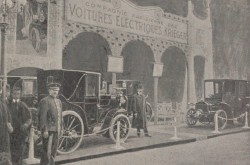
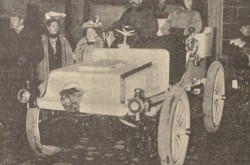
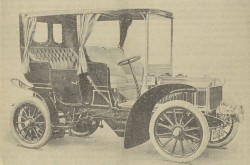

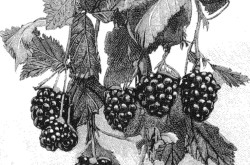
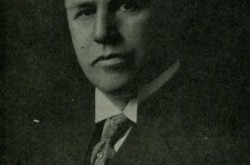
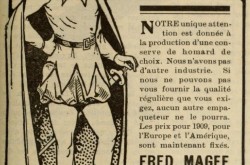
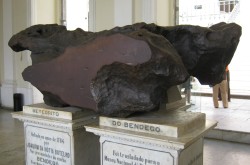
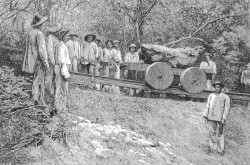
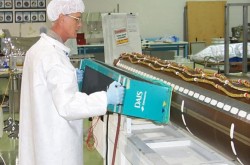

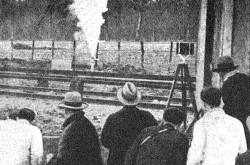
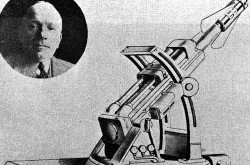
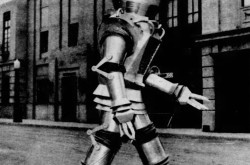

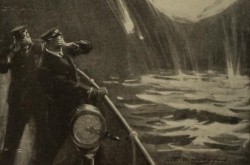
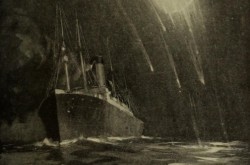
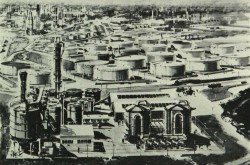

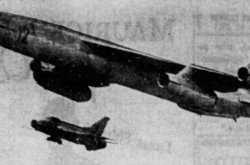
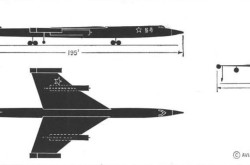
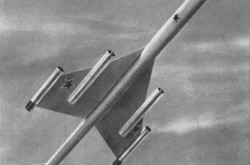
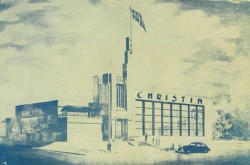
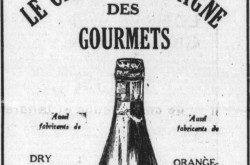
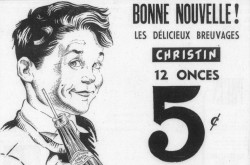
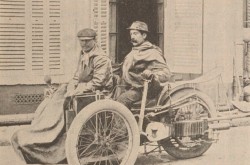
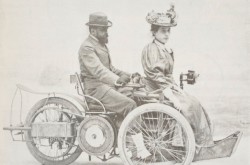
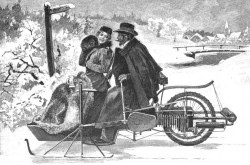
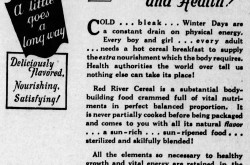

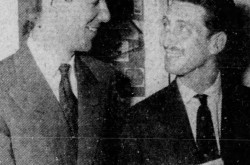
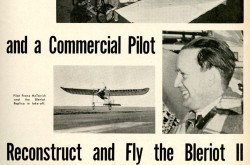
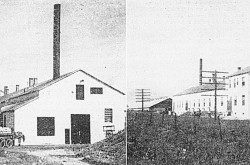
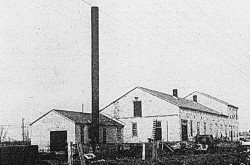



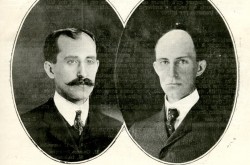

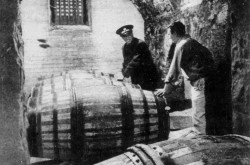
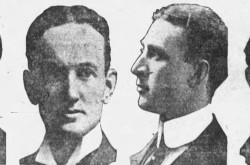
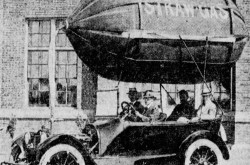
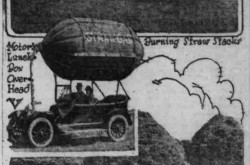
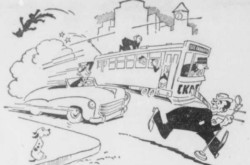

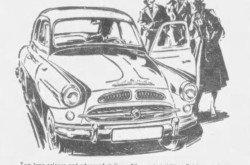
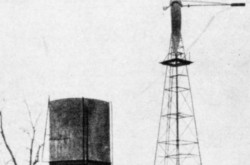
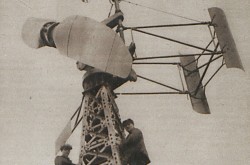
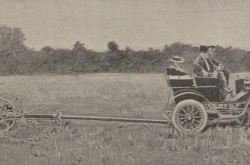

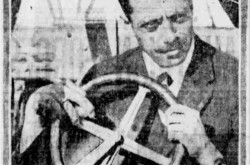
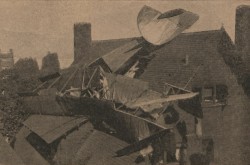
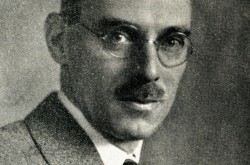
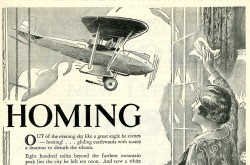
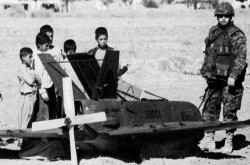
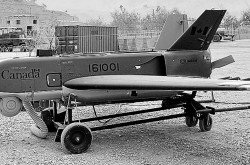
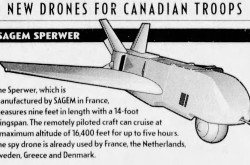
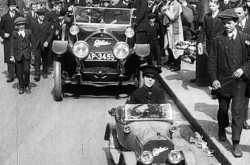
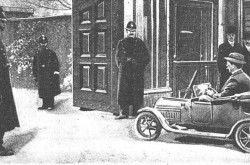
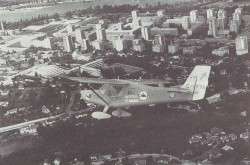
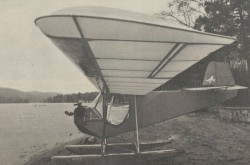

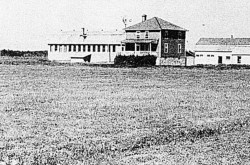
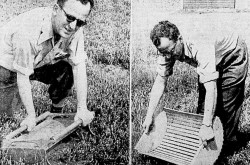
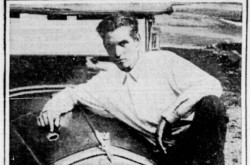
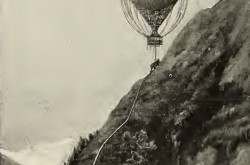
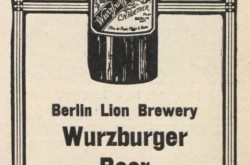

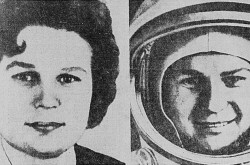
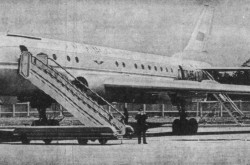
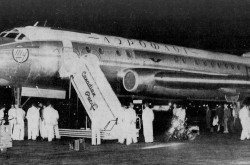
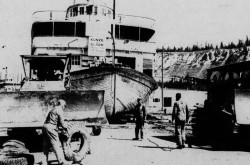
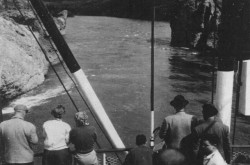
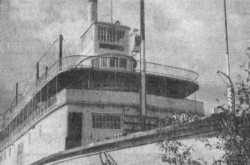
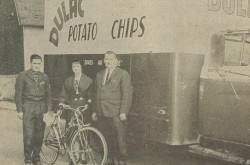
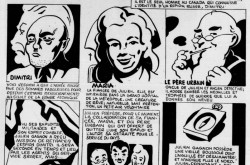
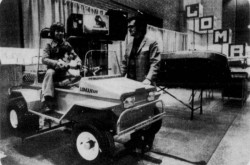
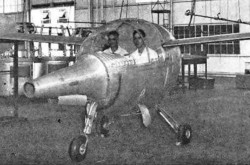
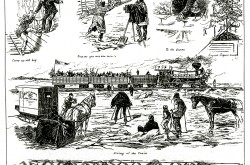
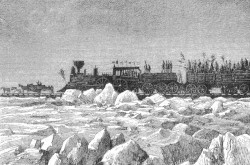
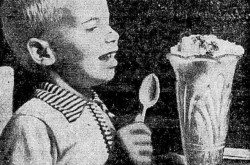
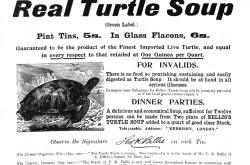
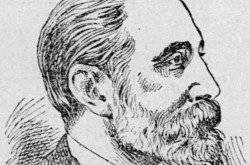
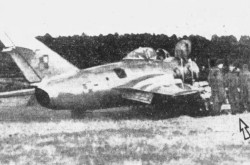
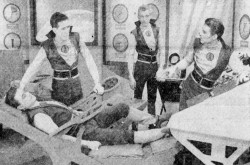
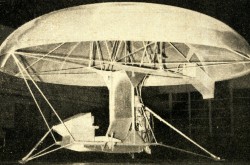
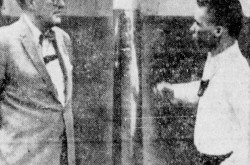
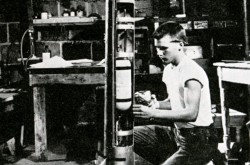
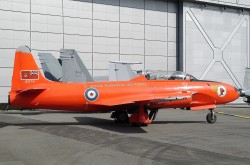
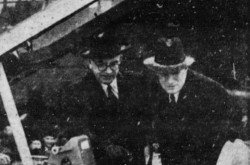
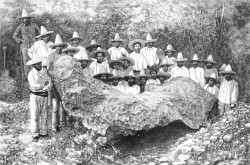
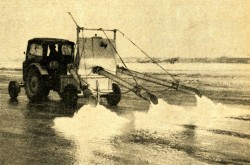
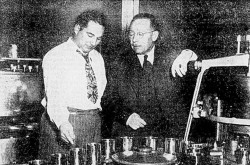
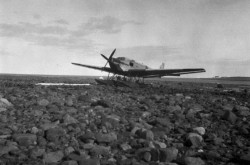
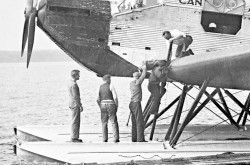
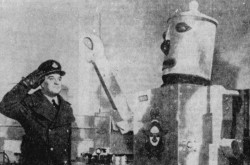
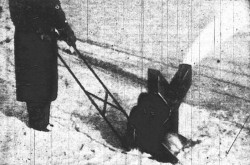
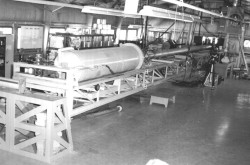
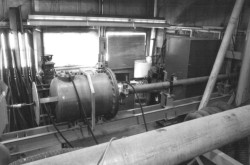
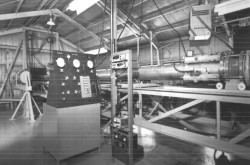
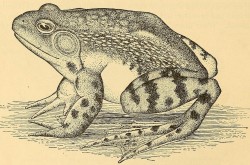
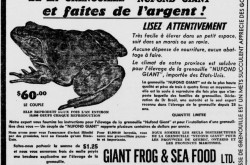
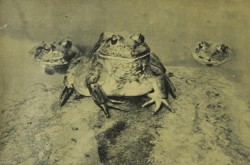
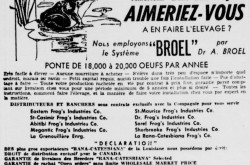
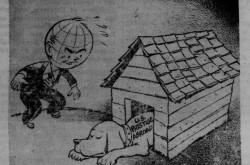
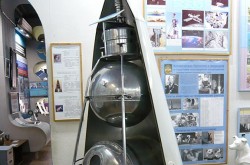
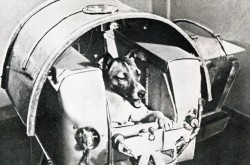
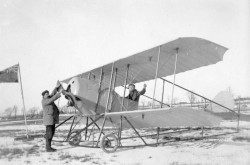
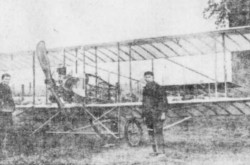
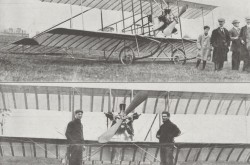
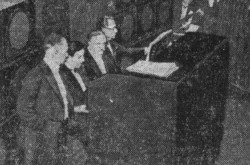
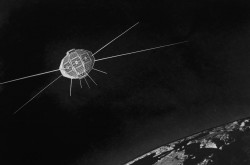
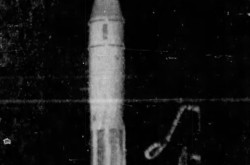
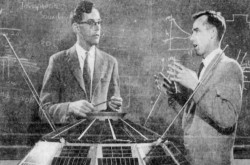
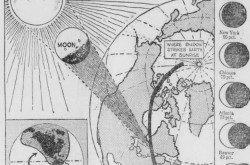



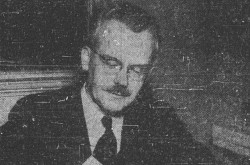
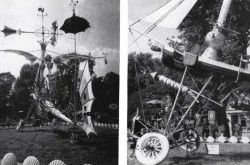
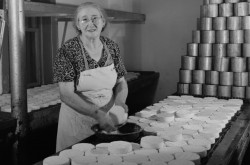
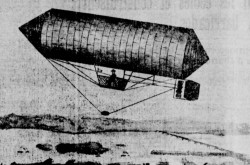
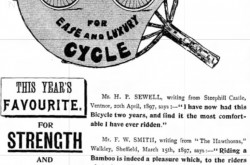
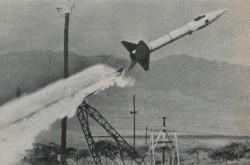
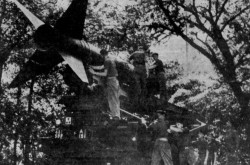
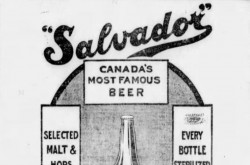

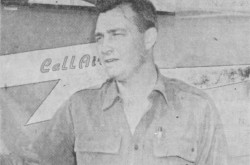
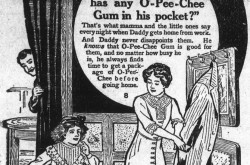
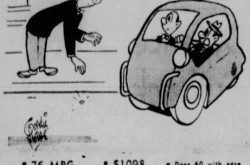
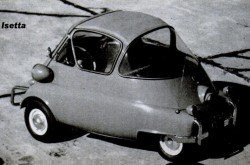
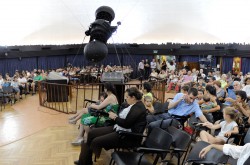
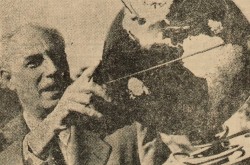
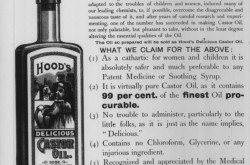
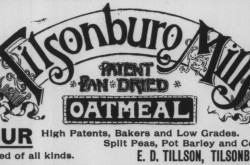
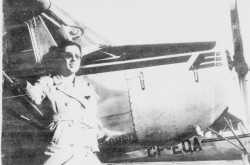
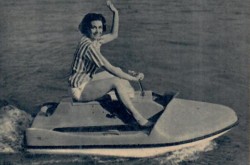

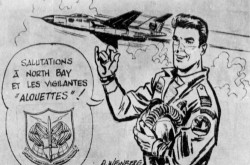
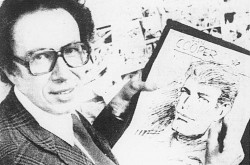
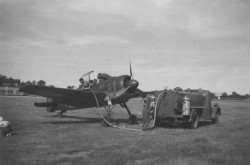

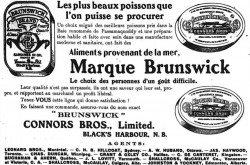


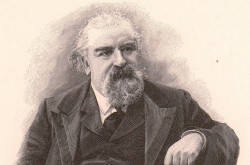
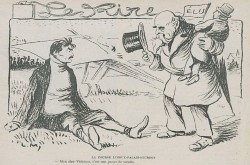
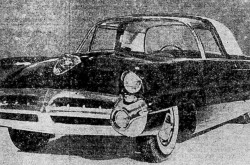
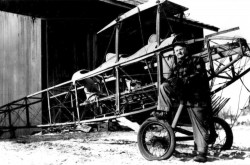

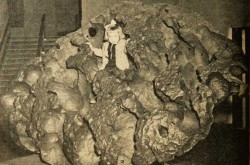
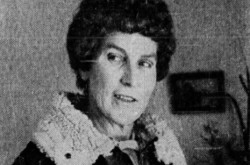
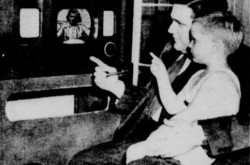
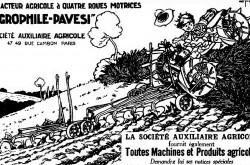
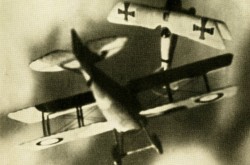
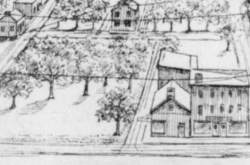
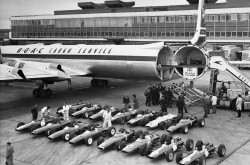
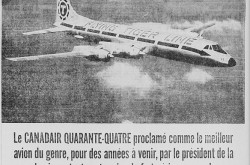
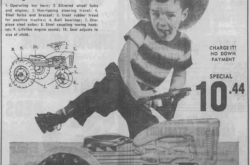
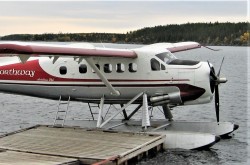
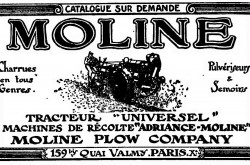
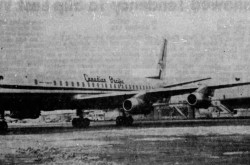
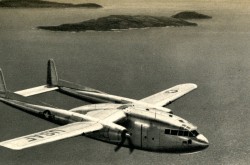
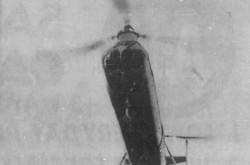

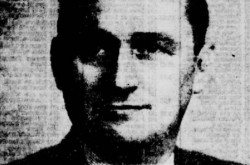
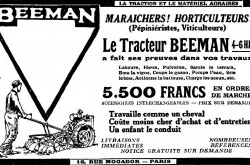
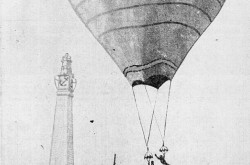

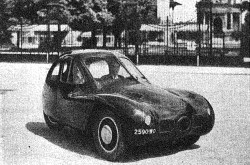
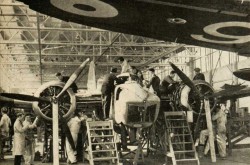
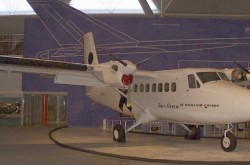
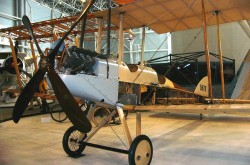
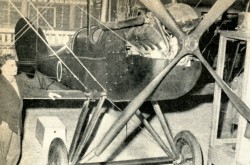

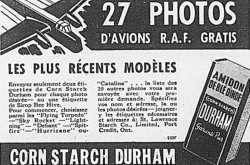

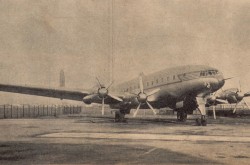
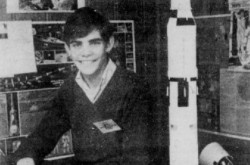
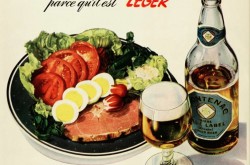
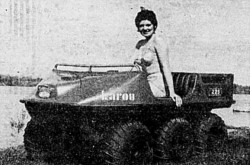
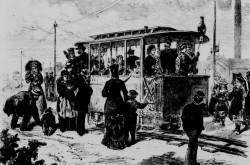
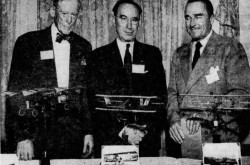
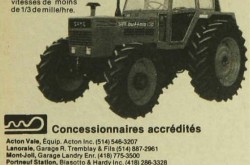
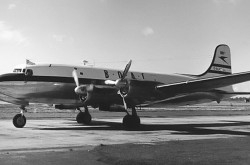
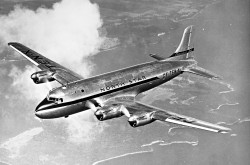
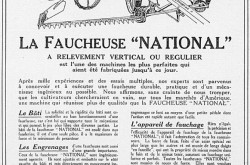
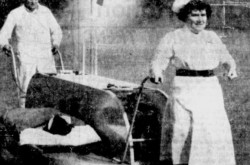
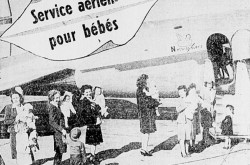
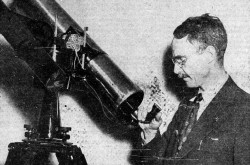
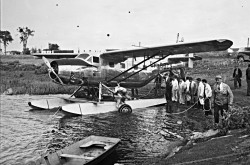
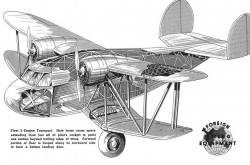
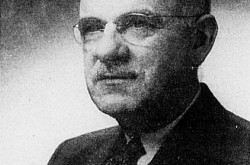
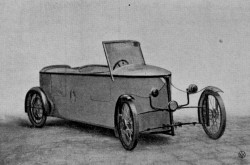
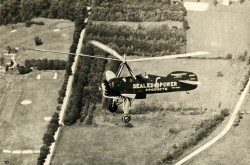
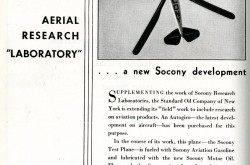
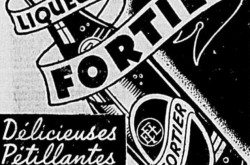
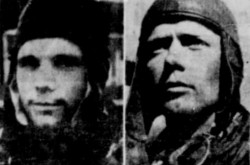
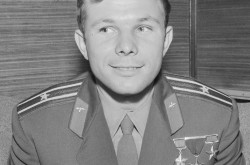
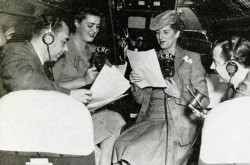
![Peter Müller at the controls [sic] of the Pedroplan, Berlin, Germany, March 1931. Anon., “Cologne contre Marseille – Le mystère du ‘Pédroplan.’ [sic]” Les Ailes, 2 April 1931, 14.](/sites/default/files/styles/thumbnail_7/public/2021-04/Les%20Ailes%202%20avril%201931%20version%20big.jpg?h=eafd0ed4&itok=WnBZ5gMf)
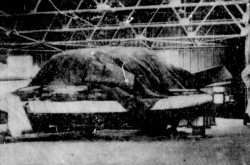
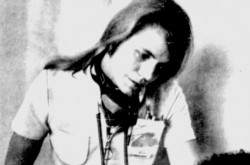
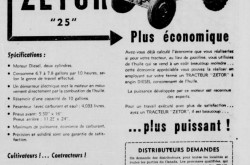
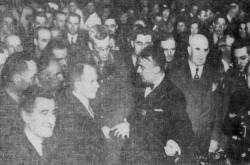
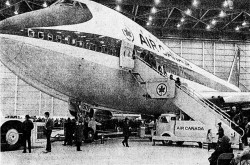
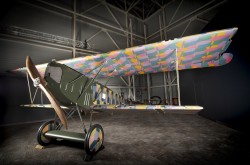
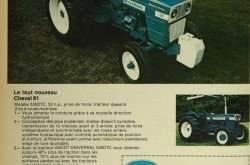
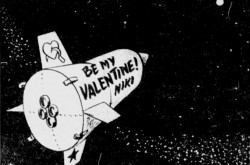
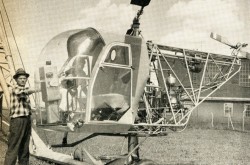

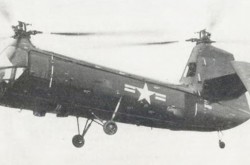
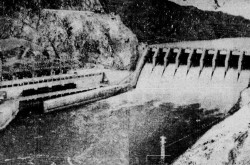
![One of the first de Havilland Canada Chipmunk imported to the United Kingdom. Anon., “De Havilland [Canada] DHC-1 ‘Chipmunk.’” Aviation Magazine, 1 January 1951, cover.](/sites/default/files/styles/thumbnail_7/public/2021-01/Aviation%20magazine%201er%20janvier%201951%20version%202.jpg?h=2f876e0f&itok=DM4JHe5C)
